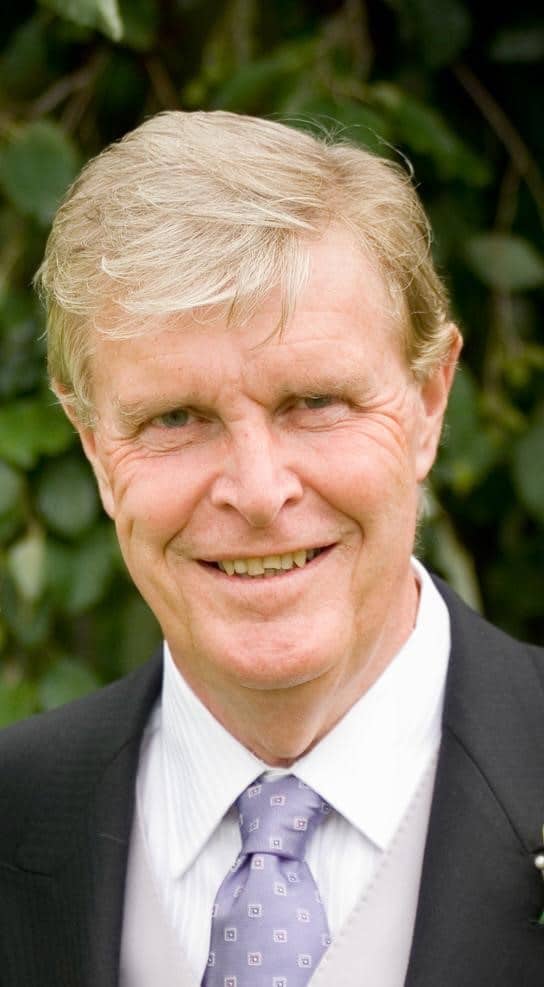In Peter’s Chronicle ‘Valete’, Antony Collieu pointed to three girls’ Houses, Palmer, Armstrong, and Stevens, ‘built to a market-leading standard’, and to Faulkner’s which had ‘proved to be an attractive option to modern parents’. The last was an expensive strategic investment but is now credited both with reversing locally the sector-wide decline in Year 9 boarders, which then threatened Bradfield’s future as a boarding school, and with creating a USP that now distinguishes the College in the over-crowded boarding school world of the Home Counties.
In parallel, there was the investment in sports facilities: the Sports Complex and Swimming Pool; a new football pitch on Rectory; a golf course and tennis centre. Enhancement of the academic facilities came in the creation of the Garrett Library and development of an IT Centre, federated computing facilities also received steady investment in the latter half of Peter’s time.
Perhaps more peripheral to Bradfield’s core purposes; a new Medical Centre was created in Bridge House; staff accommodation was increased by the building of Tanners’ Mews and a new garden was made below Terrace representing just one part of the careful work done to enhance the campus by extensive landscaping.
Arguably, it is not too much of a stretch to add to this catalogue at least some of the improvements effected by the Bradfield Foundation. Peter was instrumental in its inception as part of his general project to make the College less conservative when funding capital projects. He was the Head Master who first took advantage of borrowing to invest in growth, and steady success in achieving a 12.5% budget surplus necessary to manage the debt, was due in no small part to Peter’s astute business acumen. This was enhanced early in his headship by a short period at INSEAD, the European Business School. Servicing the investment loan not only reflected a mind attuned to good business; human skills were also evident and Collieu notes Peter’s ‘sympathetic understanding’ of families when they first visited the College. He believes it ‘led many who at first sight might not have felt suited to a boarding school environment to enter the College and have a successful outcome of their time at Bradfield’.
The monuments in which Peter took most delight, however, were the human ones he left behind. He was proud of the quality of the staff he appointed over the years: Collieu recalls he had ‘almost always been able to spot the candidate most suitable for the job’, maybe the significance of Peter’s recollection that he was not at first persuaded of the merits of this author is for others to judge.



